
Top Sellers
Top 50 Best Newest Supplements Top Protein Top Pre-Workout Top Post-Workout Top Fat Loss Top Intra-Workout Top Health & Wellness Bodybuilding Books
Workout Accessories
Videos
Workout Music
Bodybuilding Books
Workout Accessories
Videos
Workout Music
Ads
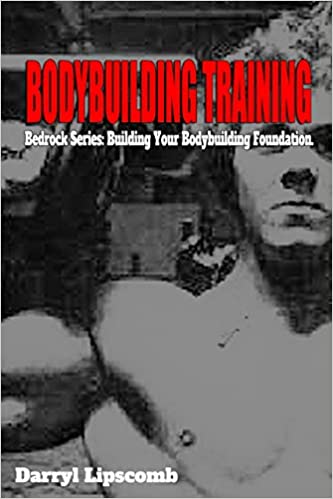
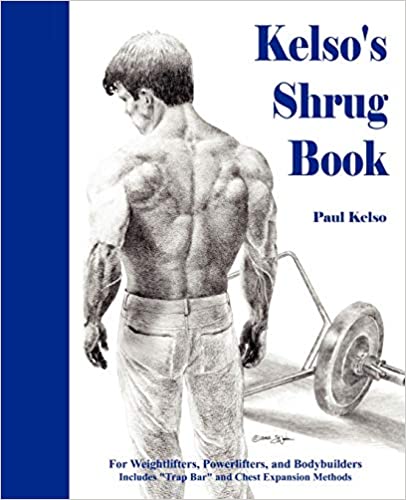
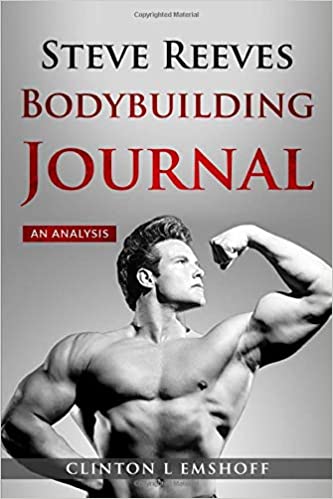

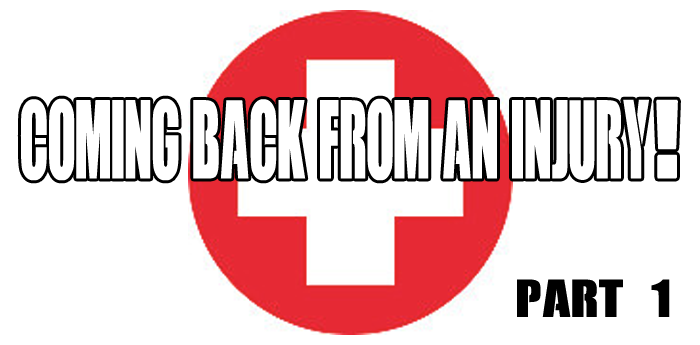
 By: Ian Matthews
By: Ian Matthews
Series of articles about the steps it takes to fully recovery and get back into the gym. - Part1
On July 31st I tore my left pectoral muscle while attempting to bench-press 415 pounds. On November 14th, after 106 days of recovery, I was finally given clearance to train chest, shoulders, and back.
Since my injury, I have lost over 15 pounds of muscle in my upper body. I am also dealing with a permanent injury, which will forever affect my training. I did not have surgery because there was not a complete avulsion of the pectoral muscle, only a partial tear. Now, on the outermost part of my chest, although it is filling in, there is some empty space where strands of tendon and muscle used to be.
I may never be able to bench-press over 400 pounds again, and I may never have the level of development I had in my chest before the injury, but only time will tell. At least I can begin training these areas again.
I will be using a 4-day split where I train the muscles once a week in the following manner:
I will keep my rep range between 18-30 reps for the first week since I have not trained chest, shoulders, and back in over 15 weeks. My rep range will switch to 13-17 reps the second week, 8-12 reps the third week, and 3-7 reps during the fourth week.
The Shoulders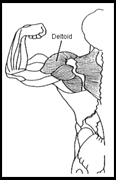
My shoulder routine will begin with movements that target the posterior deltoid such as reverse flies. I will then move on to movements that target the medial deltoid such as lateral raises and wide-grip upright rows. After pre-exhausting the posterior and medial deltoids, I will perform my presses with as light a weight as possible. My pectoral tear was very near my anterior deltoid, so I want to be extremely careful when doing any exercises that could stress this area.
The TrapsAfter hitting all three deltoid heads, I will perform shrugs. Shrugs work the shoulders, as well as the trapezius and underlying musculature of the upper back such as the levator scapulae and the rhomboids. I will use two different forms of dumbbell shrugs, both an up-and-down movement and a back-and-forth movement. The up-and-down movement targets more of the medial deltoid, upper trapezius, and levator scapulae. It's a great movement to do after pre-exhausting the medial deltoids with lateral raises or wide-grip upright rows.
Holding dumbbells at my sides, I simply raise my shoulders up in an attempt to touch my ears, hold for a second, and slowly lower the weight to the starting position. The back-and-forth movement targets the posterior deltoid, medial trapezius, and rhomboids. It's a great exercise to improve shoulder thickness from the back after the posterior deltoid has been pre-exhausted. The start position is the same as up-and-down shrugs, but instead of raising my shoulders to my ears, I pull my shoulders back and squeeze my shoulder blades (scapula) together. I hold for a second and let the dumbbells return to the starting position.
After my shoulders and traps are thoroughly exhausted, I finish with some rotator cuff exercises. I simply sit sideways on a preacher curl bench, position the pad where my upper arm is parallel with the floor when I rest my elbow on the edge of it, then bend my arm at 90 degrees so my fist is pointing straight up. Holding a light dumbbell and keeping my upper arm in contact with the pad, I lower my forearm until it almost touches the pad. Then I use my external rotators to bring the weight back to the starting position. This exercise can also be done facing the preacher bench so my arm is in front of me rather than out to my side.
The BackMy back workout will begin with assisted pull-ups. I will need assistance because I haven't done pull-ups in over 15 weeks and know I cannot complete 18-30 reps with good form using my full bodyweight. I will stick my chest out, pull myself up, and squeeze my shoulder blades together at the top. Then I will slowly lower myself down and feel a stretch in my latisimus dorsi. In addition to pull-ups, I will perform other similar movements such as cable and machine pull-downs. I will also use different grips to target different areas of my back.
After doing pull-downs, I will move on to rowing movements. I will perform barbell rows, dumbbell rows, cable rows, and machine rows using a variety of different grips.
The form for rows is very similar to pull-downs except that I am pulling the weight from in front of me rather than from overhead. Keeping my lower back tight and my chest out, I pull the weight in to my chest or stomach, squeeze my shoulder blades together, and hold for a seconds before letting the weight return to the starting position.
My final back exercises will target the erector spinae (lower back). I've been able to work my legs and lower back for the past 3 months, so my erectors are stronger than ever. I've been doing hyperextensions and using a lower back machine, but since I have been cleared to work upper back and shoulders, I will focus more on deadlifts and an exercise that I refer to as cable lean-backs. I will start off extremely light with deadlifts and will probably perform them out of a rack to minimize the stress in my hamstrings. To keep the stress out of my chest, I will also keep my shoulders back from the very beginning of the movement. Keeping my lower back tight, I will lift the weight, squeeze my shoulders blades together just as if I was performing a back-and-forth shrug, hold for a second at the top, and slowly return to the starting position while keeping my lower back tight. The cable lean-backs are performed on a seated cable row. I start off as if I was going to do a cable row with my chest out and my lower back tight, but instead of pulling the weight in to my chest, I keep my arms straight and lean straight back using the power of my erector spinae. Then I slowly let the weight return to the stack and feel a stretch in my lower back.
The ChestWhen it comes to working chest, I will have to be extremely careful because that's where the actual tear is. I will begin my chest workout with the incline dumbbell bench press using 15-pound dumbbells. I will raise the dumbbells to eye level, lock my arms out, and squeeze my chest together. Then I will slowly lower the dumbbells to the outside of my shoulders. I will pause for a second and use the power of my chest to raise the dumbbells back to the starting position. I will slowly raise the weight until I reach a weight where I go to failure in my desired rep range.
My next exercise will be wide-grip dips. When doing this exercise, I will pull my shoulders back, stick my chest out, and lean forward. Then I will slowly lower myself until I feel a good stretch in my chest, pause for a second, and return to the starting position. My final chest exercise will be cable crossovers. I may perform a few sets at different angles, but I will perform these by keeping my arms slightly bent and letting the cables pull my arms back. I will then bring my hands together in front of my body while maintaining the same slight bend in my arm and flexing my chest.
The OthersI've been able to train all my other body parts for a while, so I won't go into detail with the rest of my workout. I will just add that I've been using the HIT principles for the last 9 years with great results. My workouts consist of a warm-up set or two to get started, then I only do one set for each exercise. I may do one set each using different variations of the same exercise, but I rarely do more than one all-out set for any movement. I will occasionally use drop sets, rest-pause, supersets, and other high intensity principles, but I believe in keeping my training sessions short and opting for variety rather than banging away at the same movement for multiple sets. I will also be stretching between sets to maintain and improve flexibility as well as prevent injury.
Tags: bodybuilding life
Thanks,
Sponsored Products:

NOW
Vitamin D-3 (2000 IU)
Structual Support Vitamin!
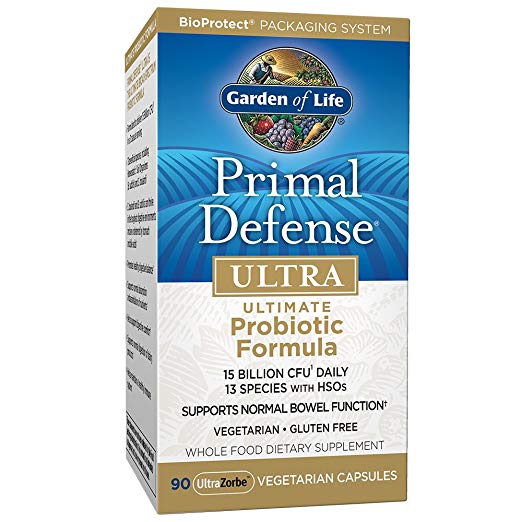
Garden Of Life
Primal Defense Ultra
Full Spectrum Digetive Formula!
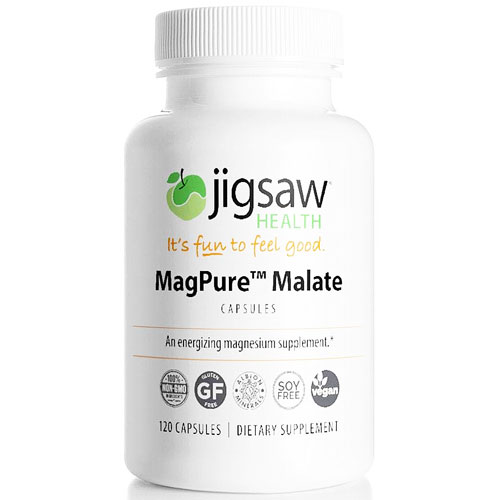
Jigsaw Health
MagPure Malate
Energizer!
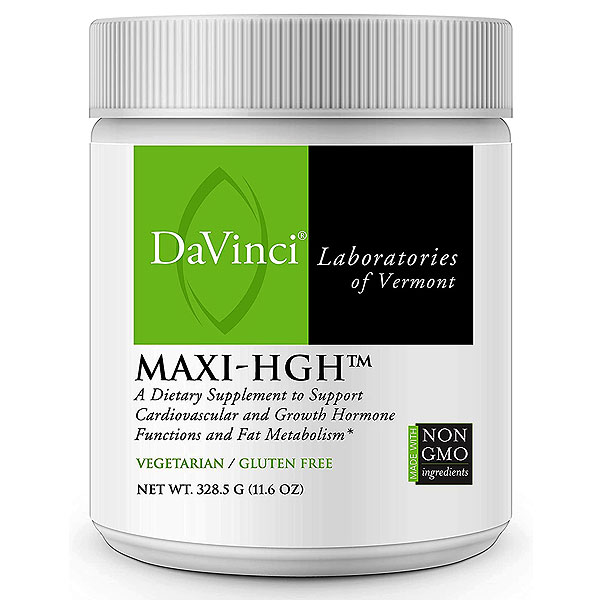
DaVinci Laboratories
Maxi-HGH
Post Workout Recovery!
Comments:
Gymreapers
Quick Locking Weightlifting Belt
For Bodybuilding, Powerlifting, Cross Training!
Price: $34.97 Get Yours
Get Yours
BEAST RAGE
Lifting Straps
Straps for Weightlifting, Padded, Men & Women Hard Pull Exercise Straps
Price: $8.99 Get Yours
Get Yours